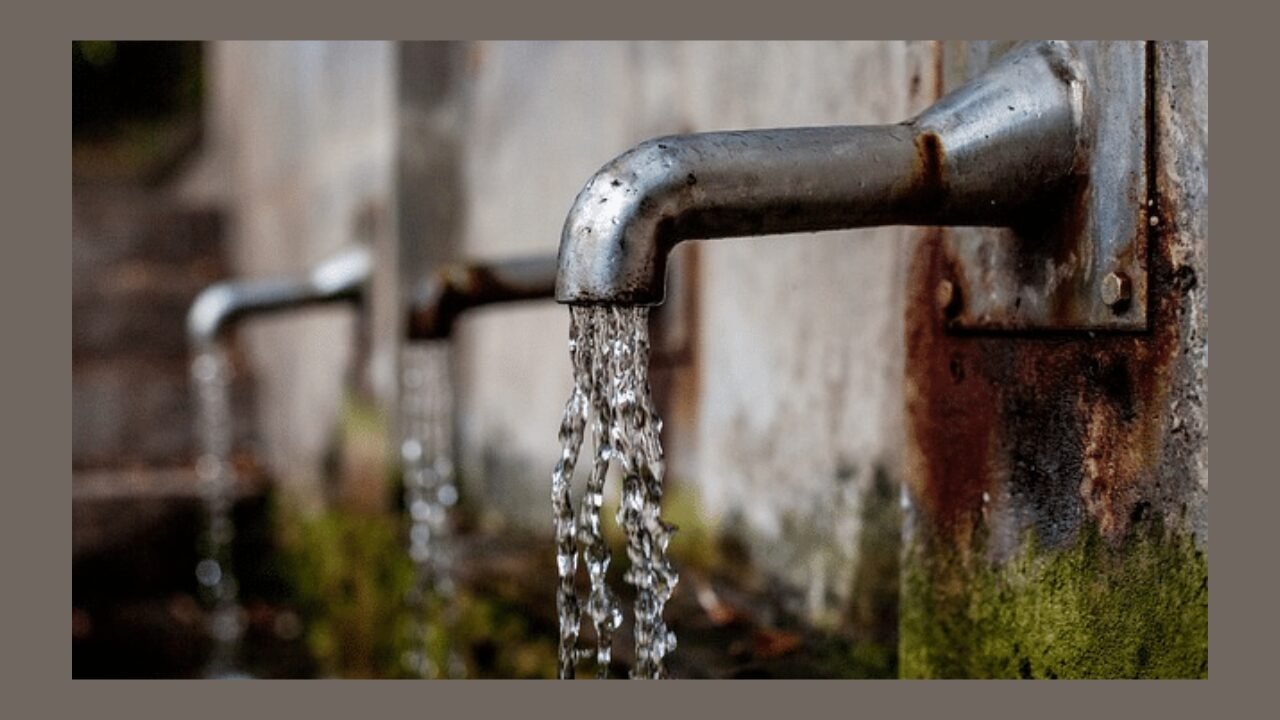How To Ensure A Steady Supply Of Water To Your Home

Water is among the most essential resources for any household. Ensuring a steady and reliable water supply not only supports daily activities but also promotes overall health and hygiene. Whether it’s for drinking, cooking, cleaning, or irrigation, a consistent water flow is essential for a comfortable and functioning home. Here are some practical steps to ensure that your home remains well-supplied with water.
Regularly Maintain Your Plumbing System
Your plumbing system is the first line of defence in ensuring a steady water supply. Over time, pipes can become clogged, corroded, or damaged, which can lead to leaks, pressure drops, or even complete system failure. Regular maintenance, including checking for leaks, cleaning filters, and ensuring consistent water pressure, can help prevent many common issues. If you notice any irregularities, addressing them early can save you from expensive repairs later on.
Install a Backup Water Supply
Sometimes, external factors such as droughts, natural disasters, or infrastructure problems can interrupt the water supply. In such cases, having a backup water supply can make all the difference. One of the most reliable solutions is to invest in potable water tanks. These tanks are specifically designed to store clean, drinkable water, ensuring that even if there is a disruption to the mains water supply, your household can still access safe water. Having a potable water tank provides peace of mind, especially in areas prone to water shortages or disruptions.
Monitor Water Consumption
Efficient water usage plays a significant role in maintaining a steady water supply. By using water-saving appliances and adopting sustainable habits, such as turning off the tap when not in use and fixing any leaks promptly, you can reduce unnecessary water wastage. Additionally, installing water-efficient fixtures, such as low-flow showerheads and toilets, can help conserve water without compromising comfort. Educating your household members about water conservation can also have a positive impact on overall consumption.
Harvest Rainwater
Rainwater harvesting is a popular method for supplementing a household’s water supply. By installing a rainwater collection system, such as gutters and downpipes connected to a storage tank, you can gather rainwater for non-potable uses like irrigation, cleaning, or flushing toilets. In many cases, this water can also be filtered and purified for drinking and cooking purposes, reducing demand on mains water and helping to lower water bills.
Ensure Proper Water Filtration
While maintaining a steady water supply is essential, ensuring its quality is just as crucial. Installing a high-quality water filtration system can remove impurities and contaminants, providing clean and safe water for your home. Whether it’s a whole-house filtration system or individual filters for drinking water, ensuring that your water is free from harmful substances improves both the safety and taste of the water.
READ MORE
Check Water Tank Levels Regularly
If your home relies on a water tank, regularly checking the water levels is essential. Make sure the tank is in good condition, free from algae growth and debris, and that it is properly sealed to avoid contamination. If you notice the water supply dwindling, you can either top up the tank or use your backup water supply until the mains system is restored.
With these steps, you can ensure that your household always has access to clean, safe water, no matter the circumstances.
